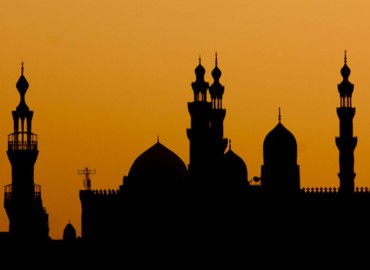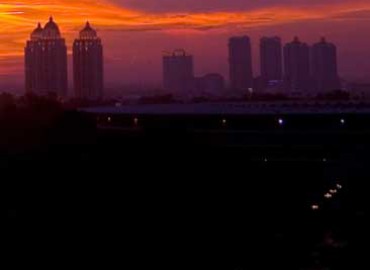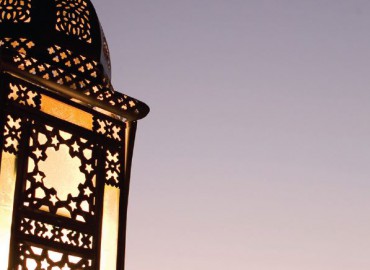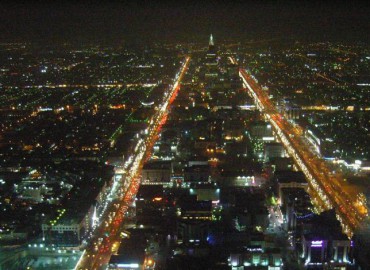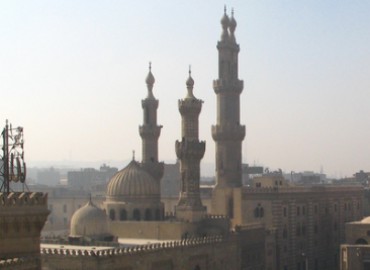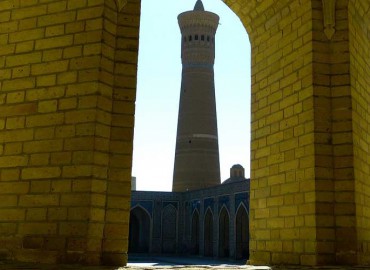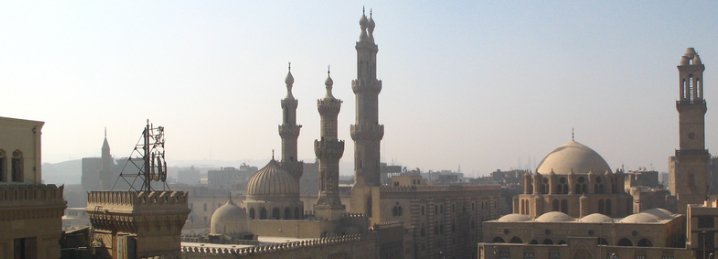
Report by Malaysia International Islamic Financial Centre
Africa: Human Capital Development in Islamic Finance
Article Overview
Global Islamic finance development, in the past five years between 2010 and 2015, has shown a robust expansion recording a 17.3% Compounded Annual Growth Rate (CAGR) with total global financial assets of the Islamic financial industry estimated to be at USD2tln and anticipated to surpass USD3tln by 2018.
The contribution came mainly from 23 countries that scored higher than the global average – 30% (7) MENA, 22% (5) GCC, 17% (4) South Asia, 13% (3) Southeast Asia, 9% (2) Europe, 4% (1) North America, and 4% (1) Africa.
Tapping the potential
The presence of Islamic finance in Africa is expected to have positive impact, specifically in terms of being the intermediary of financing for the natural resources in Africa. It is recognized that Africa is a major producer of both agricultural and mining commodities.8 As at 2010, the region accounts for 10% of the world’s oil reserves, 40% of gold reserves, and 80-90% of chromium and platinum metals reserves.9 In addition, 60% of the world’s uncultivated arable land is located in parts of Africa.
Various Islamic Finance Activities in Africa
Generally, Islamic finance can play a role in Africa through investments and funding for infrastructure, especially in countries which intend to diversify their sources of funding. With that, Islamic finance in Africa continues to draw attention from industry practitioners and regulators in the region.
Islamic finance has made notable progress in some parts of Africa, spurred by demand from both Muslim and non-Muslim populations.15 For example, in Nigeria, the country now has one full-fledged Islamic bank, which serves the Muslim-dominated population of 173.6mln, suggesting potentials for more Islamic banks to be established.

